Last updated on April 2nd, 2024 at 10:45 am
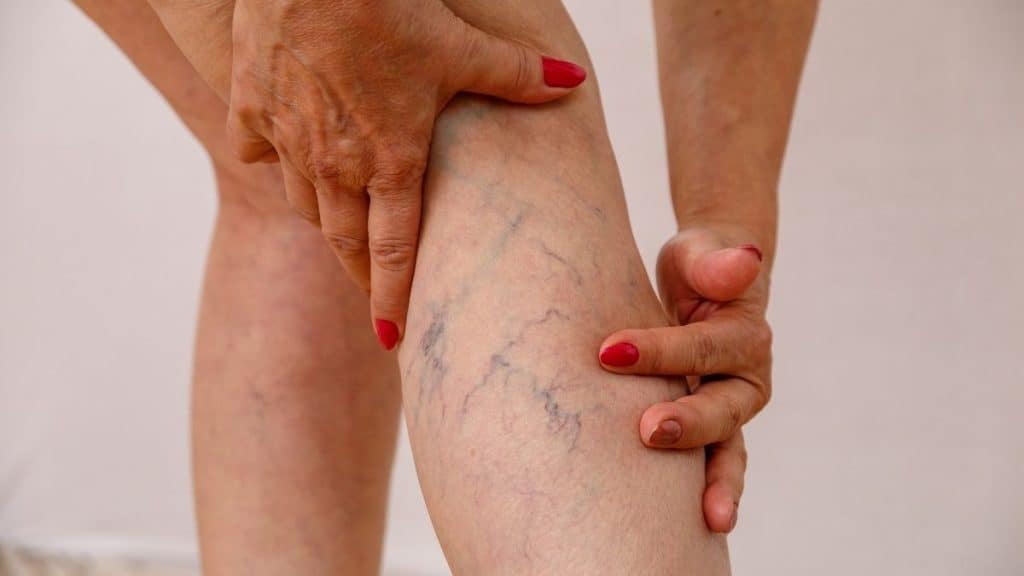
- Varicose veins are a common medical condition characterized by swollen, widened veins in the legs.
- While they are not usually harmful to overall health, they can cause discomfort and be cosmetically unappealing.
- Conservative treatment options, including exercise, can effectively manage varicose veins.
- This article will discuss the anatomy behind varicose veins, the causes of venous swelling, and the 5 best exercises for varicose veins to help alleviate symptoms and prevent further complications.
The blue-coloured tortuous swelling of veins around your calf muscle and thighs is a medical condition known as varicose veins. Though it is less harmful to your overall health, cosmetically it is not good to look at, it resembles a spider web and this is why it is also known as spider veins. In this article, we will discuss the 5 best exercises for varicose veins to help you eliminate them.
However, they are a significant cause of concern and the sufferer often get distressed out of it. There are the pharmaceutical and surgical management of varicose veins but fortunately, it can also be managed conservatively if intervened early.
Best exercises for varicose veins
Varicose veins are tortuous, widened veins in the subcutaneous tissues of the legs and are often easily visible. It is blueish in colour and looks cosmetically bad. There are very few chances for people of varicose veins to get ever harmed by them. However, there are a few discomforts they commonly complain of:
- Heaviness of leg
- Leg swelling
- Legs easily get tired while walking.
- Aching of leg and calf muscle.
- In late case there could be bleeding, skin changes, and ulcers.
So why does swelling of veins occur in varicose veins? To understand this, we first need to understand little related anatomy.
Cause of venous swelling
The human body has two types of blood vessels, they are arteries and veins. Arteries carry pure oxygenated blood, and veins carry impure blood. We all know that in order to function our tissues and organ properly they need a continuous supply of oxygen and other nutrients. The supply of pure oxygenated blood meets this demand through a network of arteries.
Actually, the purification of blood takes place in the lungs where oxygen we inhale is loaded onto the blood. This oxygenated blood is then pumped by the heart to all the tissues, organs and muscles of the body. This is to supply oxygen and other nutrition through arteries.
After supplying oxygen to tissues, the blood becomes deoxygenated and impure which needs to flow back to the lungs for purification. Now, it’s the turn of veins to carry the impure blood.
This deoxygenated blood travels through veins back to the heart and the heart, in turn, pumps out impure blood to the lungs for further purification. So, this forms a circle of the flow of blood which is known as the circulatory system.
Muscle pump and venous valve
The muscle pump mechanism further assists the flow of impure blood through veins in our legs. This mechanism is present in the calf muscles of the lower leg.
But what is this muscle pump mechanism?
During our daily activities, when we walk, run, and exercise, our calf muscle is continuously subjected to contraction and relaxation like a pump. This pumping action helps to pump the venous blood towards the heart. And you know, this is why the calf muscle is also termed the second heart of the human body.
But, since veins carry blood against gravity, there is a high chance of it backflowing. Our body has a unique mechanism to check this backflow, it’s the valve system that allows venous blood to flow in a single direction. The internal wall of veins has valves that open when blood flows in the direction of the heart but closes immediately when blood tries to come back in opposite direction.
These valves are present all over the internal wall of veins and are an essential part of the circulatory system.
So, what actually goes wrong in varicose veins?
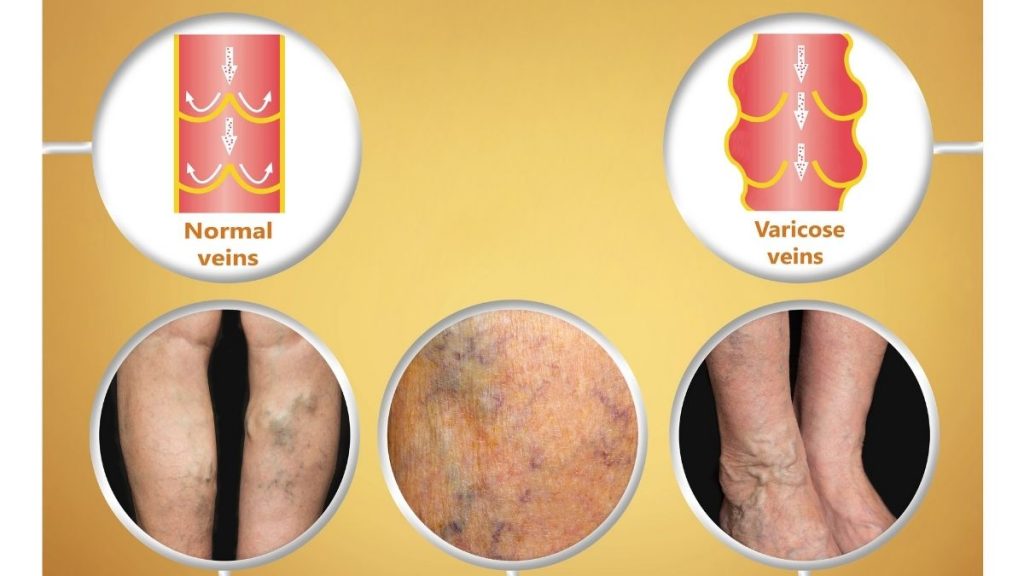
In varicose veins these valves system becomes weak, As a result, blood flow through the veins becomes ineffective and blood starts collecting around the legs and thigh, especially the calf muscles.
Due to the blood collection, the veins become swollen, and the venous wall becomes weak with the time wall. Due to the swelling, the wall gets stretched, making it even more swollen.
This might make you question why and how the venous valve system becomes weak.
Varicose veins are commonly seen in person related to the profession that demands long hour standing, sitting job with leg hanging, because of which there is insufficient muscle pump action of calf muscles. All these factors collectively cause a sluggish flow of venous blood and slowly the blood starts to collect in the leg.
Blood collection in the leg causes veins to swell, with constant long-term swelling and stretching of the venous valve leading to weak venous valves. This is also seen during pregnancy when there are hormonal changes in the body.
Also read: TRE Eating Plan: Quickly Achieve Weight Loss Goal By Restricted Eating
5 Best Varicose Veins Exercise for you
The conservative treatment of varicose veins is aimed to prevent the collection of blood in the veins of the leg. To achieve this, the health of the blood vessels and muscle pumps is essential, and exercise is the best way. In addition to this, one should also take care of things that can promote varicose veins.
For prevention of swelling, we should take the following steps:
#1 Sleeping with leg inclination

If you are suffering from varicose veins, some easy exercises can help you to ease the symptoms. One of the first exercises that you can do is actually a posture that can help to reduce swelling.
- To start, you will need to lie down on a bed or couch.
- Once you are in a comfortable position, you can use two or three pillows to elevate your legs. Alternatively, you can use an orthopaedic bed wedge to help incline your legs at a 30-degree angle.
- This elevation of the legs helps improve blood flow and promotes the drainage of fluid accumulated in the legs and ankles. Elevating your legs allows gravity to help the blood and fluid flow back up towards your heart. This can help to reduce swelling and discomfort in the legs.
- You should maintain this position for at least 15-20 minutes at a time, several times a day if possible.
#2 Use of compression garment
Compression garments are a type of specialized clothing made from a stretchable material that conforms to the shape of the leg, providing a snug and comfortable fit. They are available in a variety of styles and sizes, ranging from knee-high socks to full-length leggings. Some garments are also designed to target specific areas of the leg, such as the calf or thigh, to provide targeted compression where it is needed most.
One of the key benefits of compression garments is their ability to improve circulation. By compressing the veins and arteries in the legs, these garments help to increase blood flow back to the heart, which can reduce the risk of blood pooling in the leg and reduce swelling and oedema of the leg and foot. inflammation, making them a popular choice for athletes and others who experience soreness or fatigue in their legs.
#3 Avoid crossed leg sitting

Crossed-leg sitting is a common habit that many people do when sitting on a chair. While it may feel comfortable, this sitting posture can actually block or impede the free flow of blood through the veins of the legs. This restriction of flow for a long period can lead to the collection of blood on the lower leg which can cause discomfort and increase the chances of developing varicose veins.
People suffering from varicose veins must refrain from sitting in a crossed legs sitting position as it can worsen their condition. Instead, they should sit with their feet flat on the floor or use a footrest to elevate their legs slightly. This will help to improve blood flow and reduce the pressure on the veins.
#4 Avoid high heel footwear
To prevent varicose veins or to alleviate the symptoms if you already have them, it is important to avoid high-heeled footwear. Wearing high heels can be harmful to your leg muscles and veins. When you wear high heels, your ankle joints don’t move much, resulting in less muscle contraction around the calf muscle.
The contraction of the calf muscle is important for muscle pumps that help in the circulation of blood. When the muscles contract, they squeeze the veins, pushing blood back up towards the heart. But when the muscles are not contracting enough, blood can pool in the veins, leading to swelling and discomfort.
So, if you want to keep your legs healthy and prevent varicose veins, it’s wise to avoid high heels as much as possible. Instead, you can choose comfortable shoes that allow your feet to move freely and support your feet and ankles properly. You can also do exercises that improve your calf muscle strength and help maintain healthy blood flow in your legs.
#5 Varicose veins exercises
Exercises like jogging, cycling, and swimming are also essential for the health of the muscles, blood vessels, and veins. A healthy circulatory system is crucial for preventing varicose veins and swelling of the legs. We must keep in mind that these exercises should not be very strenuous as they may cause pain. All these exercises should be done moderately.
Heel-off exercise in sitting for varicose veins
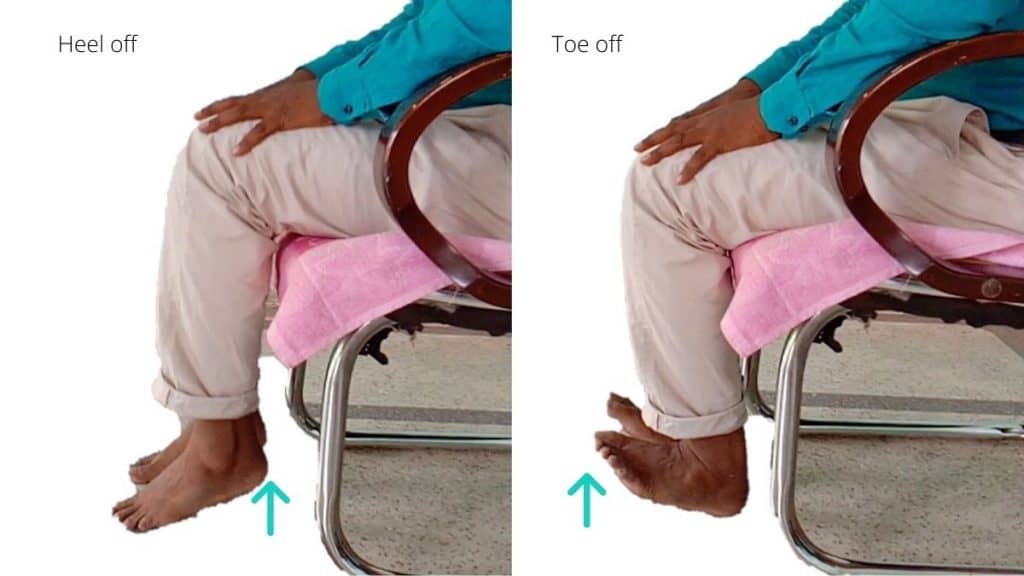
When you have a profession or a job that requires you to sit for long hours with legs in a hanging position, then you should do these varicose veins exercises for the ankle after a gap of every 30 minutes. The first exercise is heel-off in sitting.
- To do the heel-off exercise, simply sit in a chair with your feet flat on the ground.
- Then, lift your heels off the ground so that you are standing on the balls of your feet.
- Hold this position for a few seconds, then lower your heels to the ground.
- Repeat this exercise several times throughout the day, especially if you are sitting for long periods. This will help to improve circulation in your legs and reduce the appearance of varicose veins.
Toe off exercise in sitting
To perform this exercise, begin by sitting on a chair with your feet flat on the ground.
- Next, lift your toes up towards the ceiling, keeping your heels on the ground.
- Hold this position for a few seconds, then slowly lower your toes back down to the ground.
- Repeat this movement for several repetitions, aiming to increase the number of repetitions gradually.
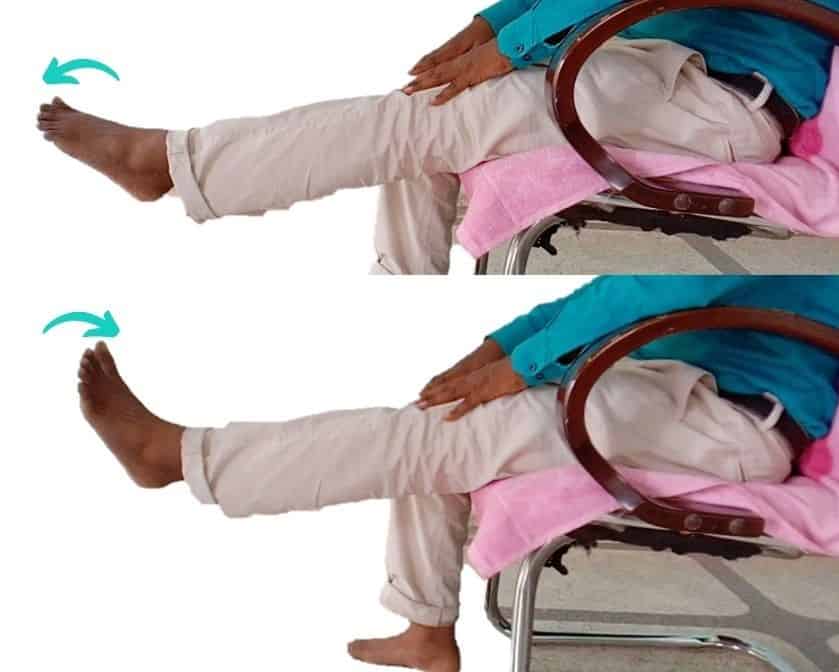
Standing job
If you are someone who suffers from varicose veins and has a standing job, it is important to take regular breaks and change your position frequently. Taking a break every 30 minutes and sitting down for a few minutes can help reduce the pressure on your legs and improve blood flow.
Alternatively, you can take a short walk around your premises to help keep your blood circulating. Other lifestyle changes that may help to alleviate symptoms of varicose veins include regular exercise, maintaining a healthy weight, avoiding tight clothing, and elevating your legs whenever possible.
Other home tips
In addition to the exercises, compressive stockings are highly recommended. These stockings help keep the lower leg optimally compressed to prevent the pooling of blood, which is why it is called compressive stocking.
We also recommend using an air compression leg massager, which is very convenient at home. The massager intermittently compresses our legs by inflating its leg wrap pieces.
If conservative methods of treatment don’t work, then your doctor may consider other modes of therapy. Sclerotherapy is a commonly preferred treatment that involves the injection of a sclerosant—commonly sodium tetradecyl (STD) or polidocanol—into varicosities, followed by a period of compression bandaging and compression hosiery.
Keep Reading: How to Stop Leg Cramps at Night?
The author is a physiotherapist who has been practising for the last 17 years. He holds a Bachelor's in Physiotherapy (BPT) from SVNIRTAR (Swami Vivekananda National Institute of Rehabilitation and Research), one of the prestigious physiotherapy schools in India.
Whatever he learns dealing with his patient, he shares it with the world through blogs and e-books. He also owns a YouTube channel, "Sunit Physiotherapist" with over 8 lakh active subscribers. Here, he shares everything he gets to learn serving the patient.
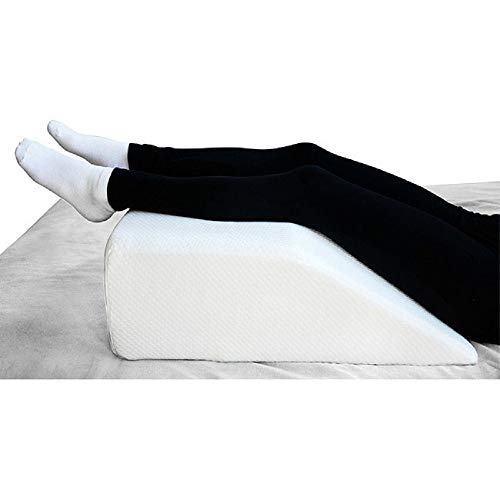
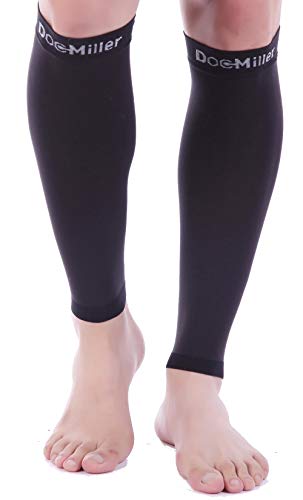
I want to suggest the sclerotherapy procedure because in this process the doctor injects small and medium-sized varicose veins with foam or solution which closes these veins. And in a few days, varicose veins have faded. However, the same vein can require to be injected more than once, and this process is effective if finished properly.